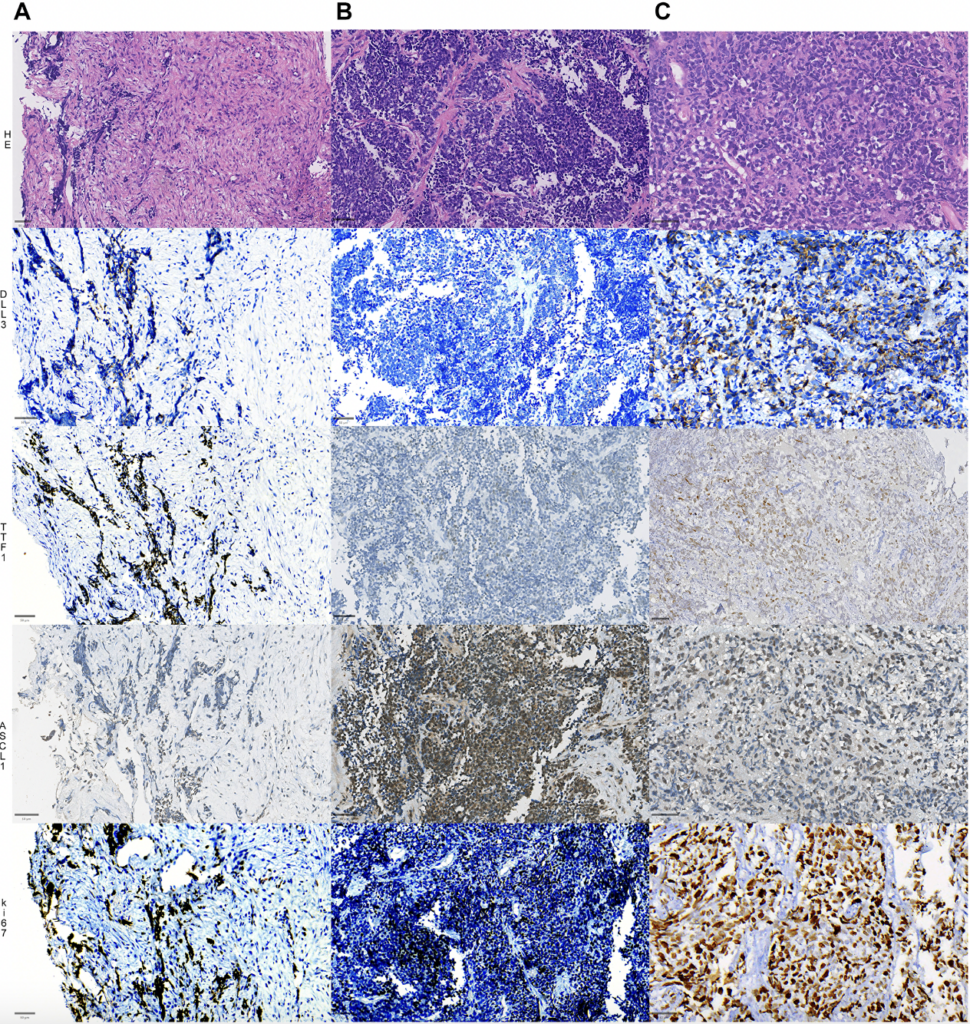Samuel Silva from the Department of Pathology at Federal University of Ceará in Fortaleza, Brazil, discusses a research paper he co-authored that was published in Oncotarget Volume 15, titled, “Relationship between the expressions of DLL3, ASC1, TTF-1 and Ki-67: First steps of precision medicine at SCLC.”
Behind the Study is a series of transcribed videos of researchers elaborating on their oncology-focused research published by Oncotarget. Visit the Oncotarget YouTube channel for more insights from outstanding authors.
—
Samuel Silva
Hello, my name is Samuel Silva. I am a post-graduation student at the Department of Pathology in Federal University of Ceará, located in Fortaleza, Brazil.
First of all, I would like to say thank you for invitation to bring up a little bit about our research project that we recently published in Oncotarget journal. This project was developed by the leadership of Professor Fabio Tavora, who is a professor associated to the Federal University of Ceará, and also is a pathologist at Argos Laboratory Fortaleza, Brazil.
Initially, we aim to understand the expression of DLL3 in small-cell lung carcinoma. Small-cell lung carcinoma represents 15% of all the lung cancers, and although is a very known disease by oncologists and pathologists, it’s very challenging due to its fast progression and the lack of therapeutical approaches.
So then actually it have been published in some papers that look into mechanism that leads to the tumor differentiation and the tumor progression in the small-cell lung carcinoma. One important pathway that had been shown is the interaction between DLL3 and Notch receptor. DLL3 has a role blocking the Notch receptor and leading to the overexpression of ASCL1 protein. So ASCL1 proteins are not the protein that is related to the neuroendocrine differentiation of the tumor cell. And when it is activated, it can lead the progression, that differentiation of these tumor cells in small-cell lung cancers.

Also the DLL3 protein is expressed only on tumor tissue acting as a very good target for therapeutical approach in cancer. So in this very year, in 2024, the FDA approved one drug that has as target the DLL3 for the treatment of patients that are diagnosed with small-cell lung cancer in extensive stage. This is very promising. So in our study, we found that DLL3, and ASCL1 were expressed in most of the cases by immunohistochemistry, showing this neuroendocrine activity related to this pathway. And also it shows that probably our patients could benefit of the anti-DLL3 treatment.
Another interesting thing that we found was the interaction, the relation between TTF-1 and DLL3. So we found a statistical correlation between these two proteins showing that TTF-1 could also have a role into this molecular mechanism. TTF-1 is usually used by pathologists for the diagnosis of patients in different tumors. We found that TTFN also had an impact in the overall survival, showing that probably this marker could act as a good predictor of the tumor outcomes.
For our next steps, we want to look deeper in the molecular mechanism that leads all this process into the tumor cells. So we want to look into the genomic and the transcriptomic landscapes and the interactions of all these molecules.
To conclude, I want to say thank you to all the members of our research group. I also want to say thank you especially to Professor Fabio Tavora and Professor Juliana Cordeiro, who are essential to the development of this research. So thank you.
Click here to read the full review published by Oncotarget.
—
Oncotarget is a unique platform designed to house scientific studies in a journal format that is available for anyone to read—without a paywall making access more difficult. This means information that has the potential to benefit our societies from the inside out can be shared with friends, neighbors, colleagues and other researchers, far and wide.
For media inquiries, please contact media@impactjournals.com.